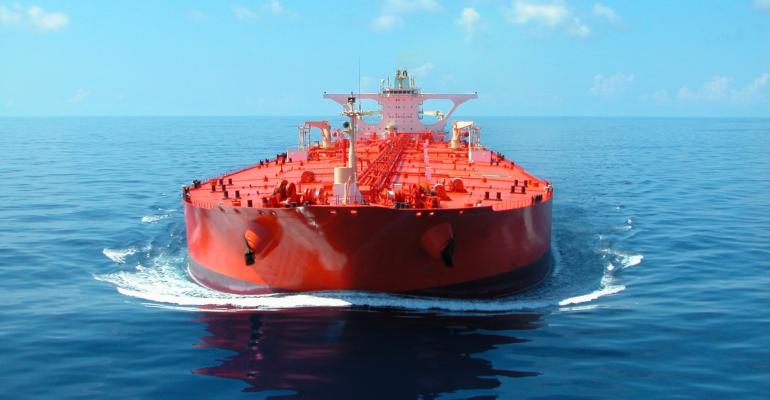
Some 12.3% of the VLCC fleet, or 108 ships, is over the age of 20 years, while for Suezmaxes 14%, or 85 vessels are over the age of 20 years. While the Suezmax fleet has a larger proportion over the age 20 years it has a relatively larger orderbook equating to 4.5% of the current fleet.
Against the aging fleet and small orderbook Barstad noted that particularly if you ordered a VLCC today delivery slots were not available until the second half of 2026.
“That’s three years from now, and it doesn’t really add up to the overall expectations of oil demand remaining fairly firm for the next 3 to 4 years,” he said.
While shipowners have been reluctant to order large tankers few shipyards were seen as interested in building them even if there was demand.
“The challenge we have actually in this market, if you look further into the shipyard industry is that one thing is that owners are not really interested in ordering them, but yards are not really interested in taking the orders either,” Barstad explained. “As long as there are higher margin kind of ships to build, they will prefer that.”
Of around 150 to 200 yards globally capable of building large merchant vessels, around 100 were building bulkers, more 80 of the yards were building containerships, yet Frontline believes just 13 currently have tankers on their orderbooks.
Barstad said there was a structural issue as long as the Korean yards remained absent from building VLCCs. The Korean yards have filled up their orderbooks with ultra-large containerships and LNG carrier contracts.


Leave a reply